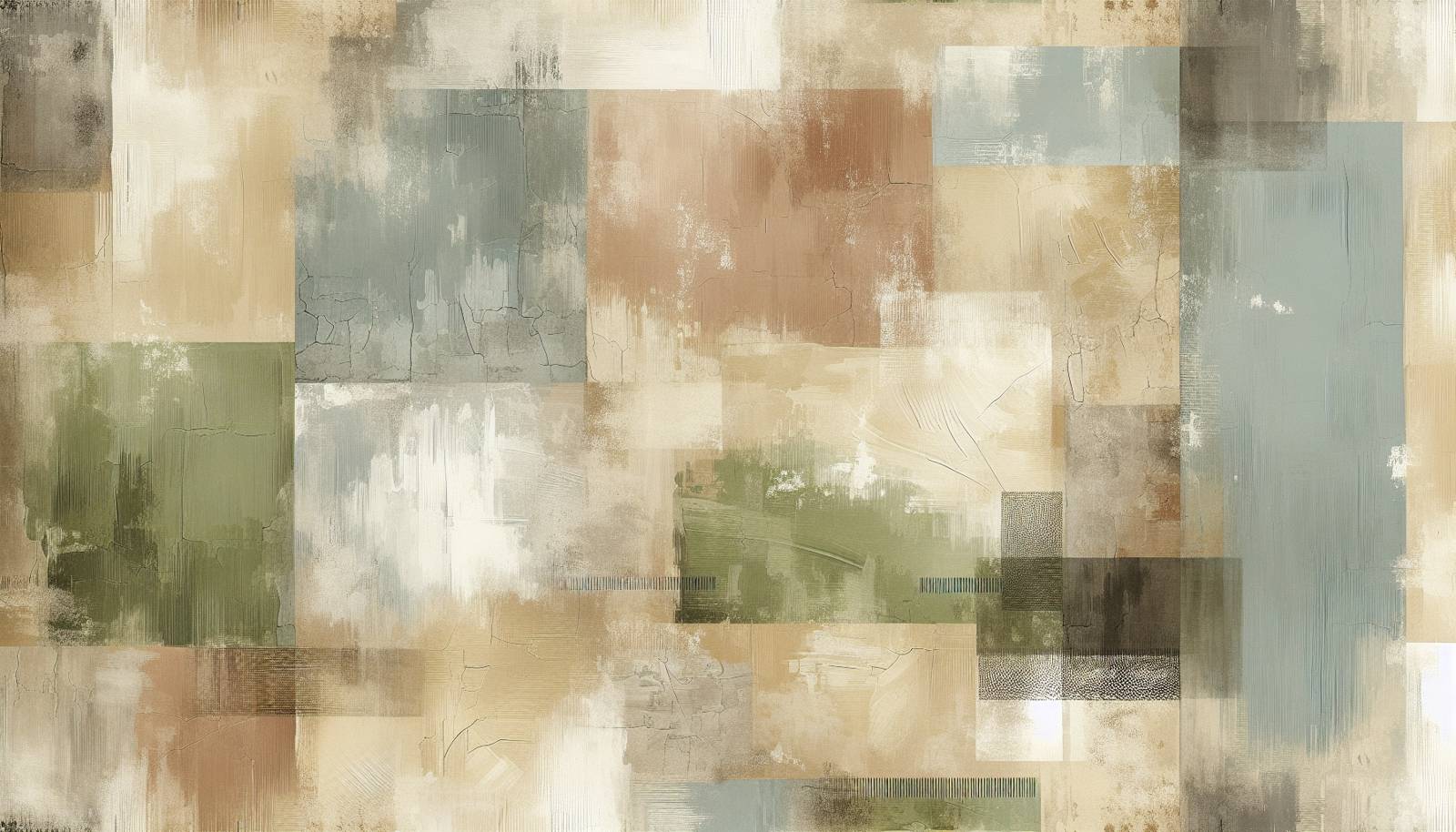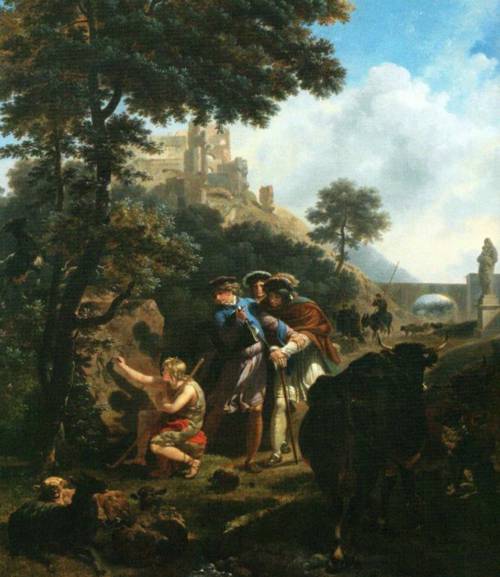
FAQ About Cimabue

Who was Cimabue?
Cimabue, born Bencivieni di Pepo, was an Italian painter and creator of mosaics from Florence, active in the late 13th century. He is often accredited as a crucial figure in the transition from medieval to Renaissance art in Italy, particularly due to his pioneering use of more realistic and expressive forms compared to the traditional Byzantine style.

What is Cimabue best known for?
Cimabue is best known for his work in fresco painting and his role in developing the naturalistic style that deeply influenced the later Italian Renaissance artists. His works include the 'Maestà' and frescoes in the Basilica of San Francesco in Assisi.

How did Cimabue influence the Italian Renaissance?
Cimabue's influence on the Italian Renaissance is rooted in his departure from the rigid Byzantine style, introducing greater naturalism and expression in his figures. His work laid the groundwork for future artists like Giotto, who further expanded these elements, thus marking the beginning of a new era in Western art.

What style did Cimabue paint in?
Cimabue initially painted in the Byzantine style, characterized by its formalism and idealized approach to figures. However, he gradually integrated more realistic portrayals and spatial depth, which contributed to the evolution of a distinctively Italian style that preceded the Renaissance.

What are some famous works of Cimabue?
Some of Cimabue's most celebrated works include the 'Crucifix' at the Church of San Domenico in Arezzo, the 'Maestà di Santa Trinita' in the Uffizi Gallery, and the frescoes in the upper church of the Basilica di San Francesco in Assisi.

Where can Cimabue's artworks be viewed today?
Cimabue's artworks can be viewed in various locations, including the Uffizi Gallery in Florence, the Louvre in Paris, and the Basilica di San Francesco in Assisi, where his frescoes remain a significant attraction.

What was Cimabue's real name?
Cimabue's real name was Bencivieni di Pepo, but he became widely known by his nickname, which likely refers to 'ox-head', possibly suggesting a stubborn or courageous disposition.

When did Cimabue live and work?
Cimabue was active during the latter half of the 13th century, with his approximate lifetime spanning from around 1240 to 1302. This period was significant for the transition from medieval to pre-Renaissance art, during which he made substantial contributions.

How did Cimabue transition from Byzantine to Renaissance styles?
Cimabue started his career deeply rooted in the Byzantine tradition, but his exposure to contemporary artistic movements and his own innovative impulses led him to introduce more naturalism and emotional expression into his work, thus bridging the medieval and Renaissance styles.

Why is Cimabue considered a trailblazer in Italian art?
Cimabue is considered a trailblazer because he was among the first to break away from the constraints of Byzantine art, emphasizing realism and human emotion, which set the stage for artists like Giotto who would carry these changes into full bloom during the Renaissance.

Did Cimabue have any notable students?
Cimabue is traditionally credited with mentoring Giotto, one of the leading figures of early Renaissance art. Although historical details are scarce, Giotto’s style exhibits significant influences from Cimabue’s attempts at representing human emotion and space.

What were the frescoes Cimabue painted at Assisi?
Cimabue painted several frescoes in the Upper Church of the Basilica di San Francesco in Assisi. These works include scenes from the life of St. Francis of Assisi and are noted for their expressiveness and innovation in depicting human figures.

How does Cimabue's work differ from that of his predecessors?
Cimabue's work differs from that of his predecessors by incorporating greater naturalism, depth, and emotion compared to the highly stylized and rigid forms typical of earlier Byzantine art. His approach helped to herald a new era for Western painting.

What techniques did Cimabue use in his paintings?
Cimabue employed techniques that blended traditional Byzantine methods with new approaches to naturalism, including the use of chiaroscuro to add depth and volume to figures, and experimenting with perspective to give scenes a more lifelike presence.

How were Cimabue's works received in his time?
During his lifetime, Cimabue was highly respected for his skill and innovation. While the transition in styles was not universally embraced immediately, Cimabue was admired as a master painter, and his works were commissioned by major churches and patrons.

What is the significance of Cimabue's 'Crucifix' in Arezzo?
The 'Crucifix' in Arezzo is significant for its departure from the Byzantine style, showing a more naturalistic depiction of Christ, with greater attention to physical form and emotional expression, thus representing an early step toward Renaissance art.

How did Cimabue's art reflect cultural changes of his time?
Cimabue's art reflects the broader cultural shift from medieval to Renaissance humanism, emphasizing more human-centric and realistic portrayals of religious figures. This mirrored the growing interest in humanism and natural world observation characteristic of the Italian Renaissance.

Did Cimabue work on any mosaics?
Yes, in addition to his paintings, Cimabue is known to have worked on mosaics, such as those in the cathedral of Pisa. His work in mosaics displays his characteristic blend of Byzantine influence and emerging naturalism.

What legacy did Cimabue leave behind in art history?
Cimabue left behind a legacy as one of the key figures who transitioned Italian painting from the medieval Byzantine traditions to the Renaissance. His reintroduction of naturalistic elements greatly influenced subsequent generations of artists and marked the beginning of a new artistic era.

Are there any exhibitions dedicated to Cimabue?
While permanent exhibitions dedicated solely to Cimabue are rare due to the limited number of his surviving works, retrospectives and exhibitions featuring his influence in the context of early Renaissance art occasionally occur in major museums and galleries.
